5 tips to achieve a clutter-free yard — with advice from a garden expert
Declutter your outside space
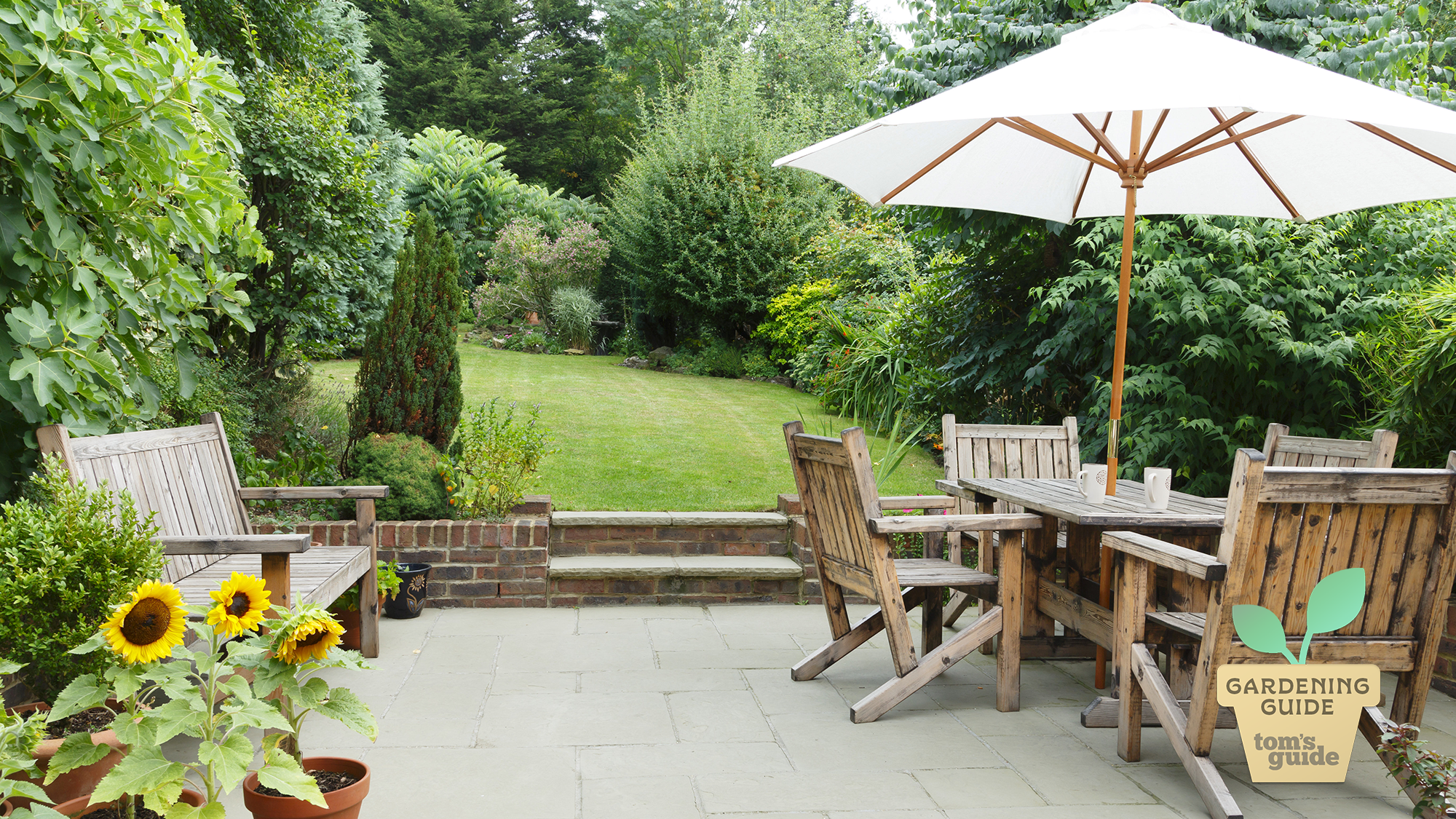
There’s so much written about the best ways to declutter your home, with ideas and methods shared by the likes of Kon Marie and Joanna Gaines. However, while there’s plentiful advice on creating a clutter-free interior, there’s little advice on achieving a tidy yard.
And, as the weather warms and we start to spend more time gaining the positive benefits of gardening and socializing outside, hosting parties with family and friends, it’s the perfect time to spruce up your backyard.
Here, Melissa Quinney, gardening expert at Cabin Master, shares her five tips for decluttering your garden space so that it can be just as spick and span as inside.
1. Try the ‘1-year rule’ for garden clutter
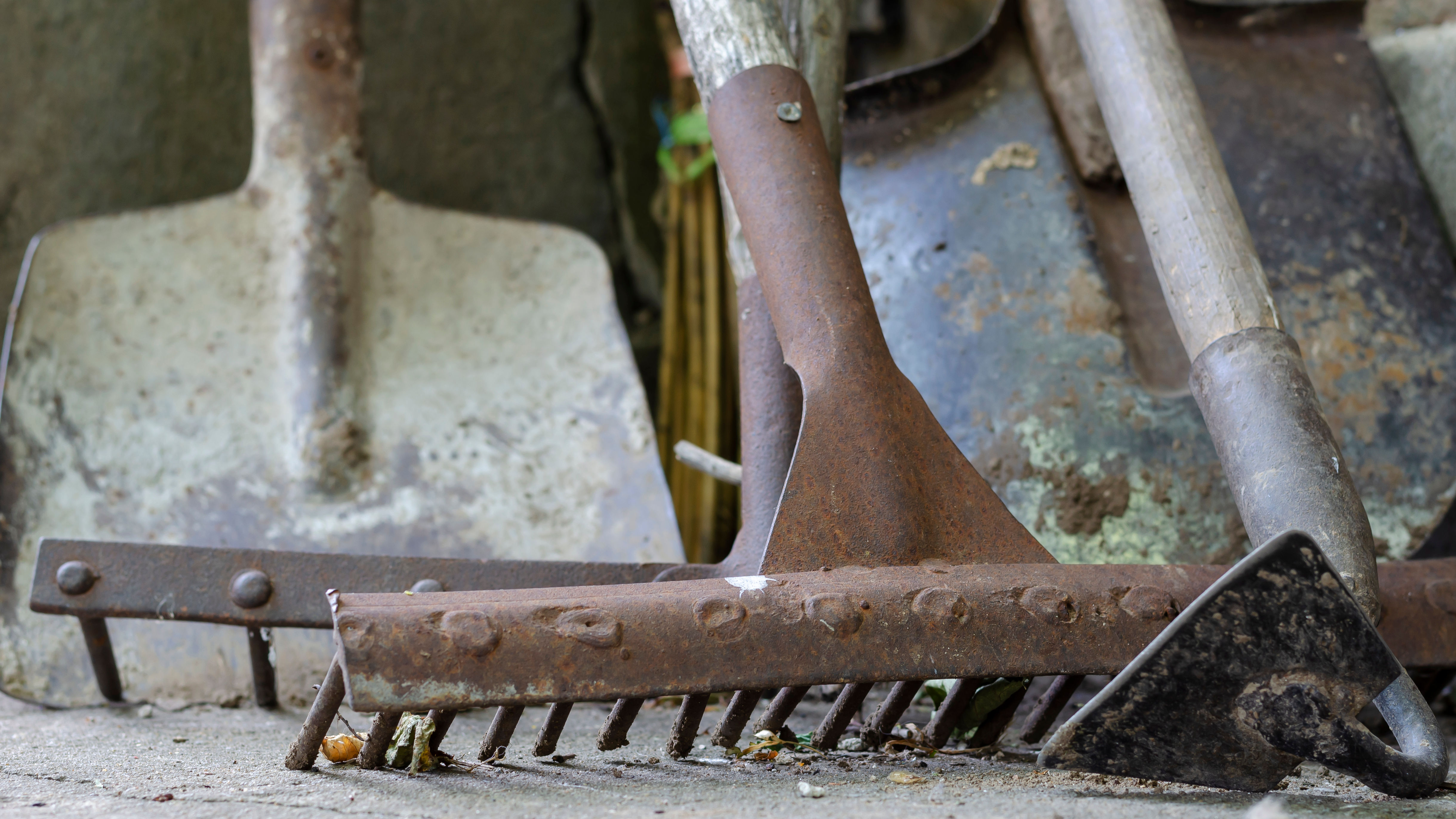
I must admit to being an advocate of Quinney’s ‘1-year rule’, which works just as well inside your home as out. “If you haven’t used a pot or tool in the last year, there’s a good chance you won’t any time soon, and it’s time to rethink its place,” she says.
So, if you’ve bought a tool on a whim, but never use it, or have five trowels, when you only use one, now’s the time to clear them out, or put them to good use somewhere else.
Quinney explains, “If something is broken, rusting or simply getting ignored, consider upcycling it into something more useful, or donating it. By stripping your space back to only the things you truly use and love, you’ll create a garden that’s easier to maintain and more enjoyable to spend time in”
2. Repurpose and upcycle
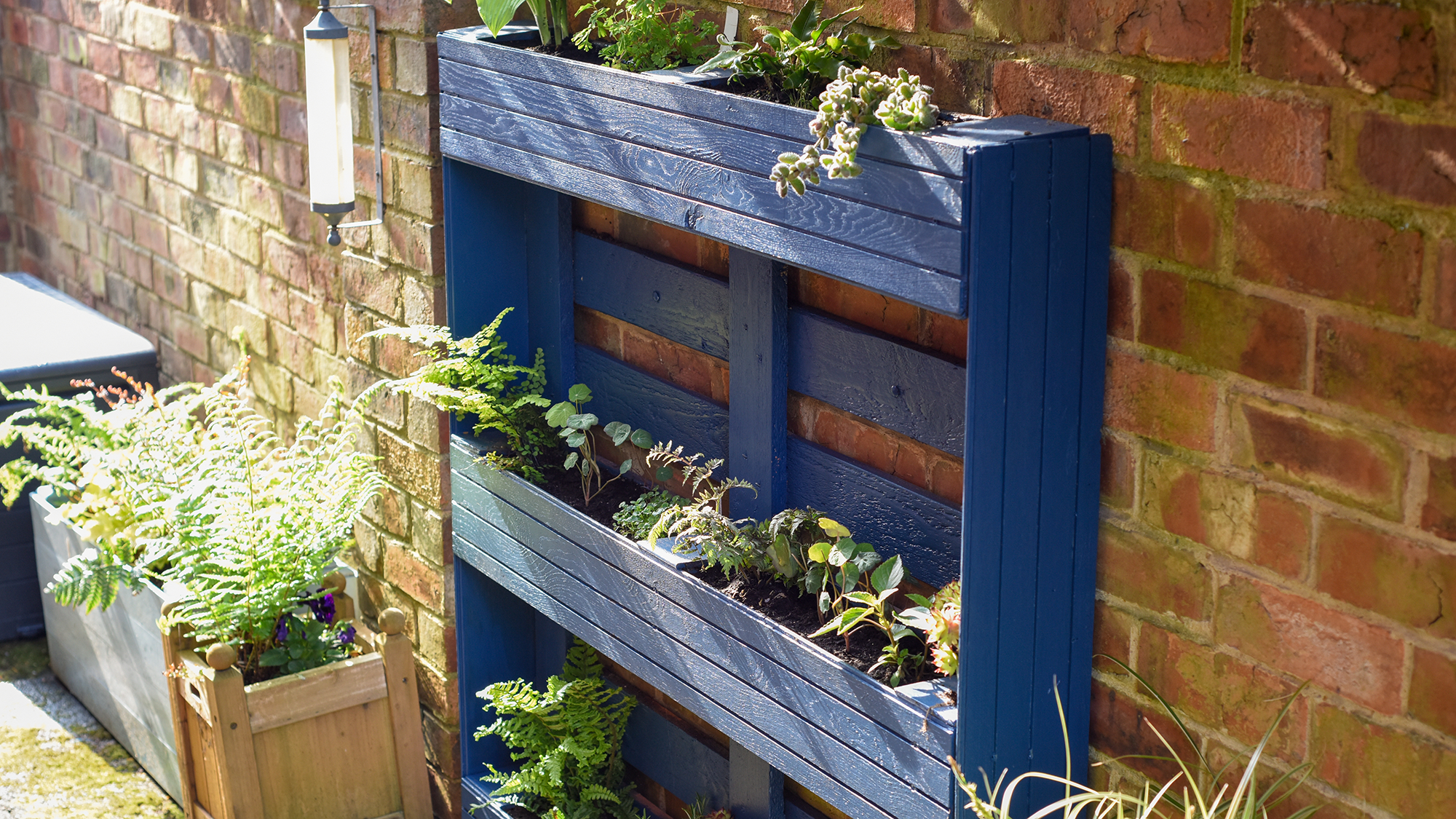
While you’re having a blitz in your yard, there are alternatives to discarding the items you might think of as junk.
Sign up to get the BEST of Tom's Guide direct to your inbox.
Get instant access to breaking news, the hottest reviews, great deals and helpful tips.
“Instead of throwing out your old wooden pallets, bricks, or even worn-out furniture, get creative and figure out how they can serve a new purpose,” suggests Quinney.
“Pallets can become vertical herb gardens, bricks can edge flower beds, and an old wooden chair can be transformed into a quirky plant stand,” she adds.
3. The fast 5-minute tidy habit
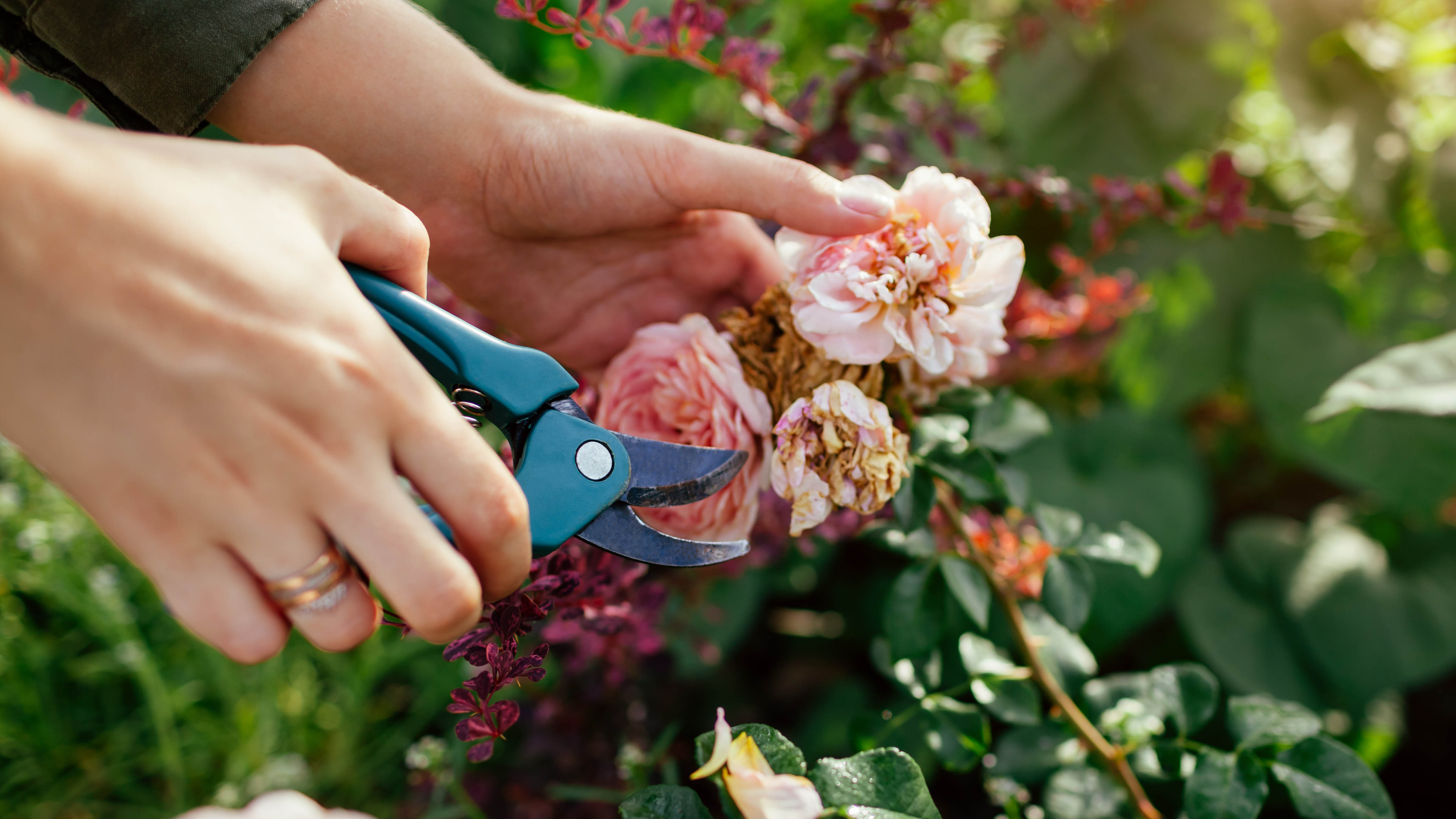
Finding a decent chunk of time to tidy up your yard can be a problem, especially when there are so many other chores to complete. However, so that the task doesn’t become overwhelming, Quinney recommends breaking it down, “Tackle the lack of time or procrastination periods by committing to a 5-minute tidy every time you go outside. Pick up those lopsided pots, sweep the patio or deadhead your flowers.”
She adds, “We can all commit a quick 5 minutes, and this will stop clutter from piling up and becoming an extensive task. It’s one easy habit that can keep your garden feeling calm rather than a constant state of chaos!”
This storage rack is ideal for keeping long-handled garden tools in place, such as rakes, brooms and heavy-duty steel tools. It measure 29.8(h) x 15.4(w) x 17(l) inches and can hold up to 35 tools.
4. Invest in stylish dual-purpose storage
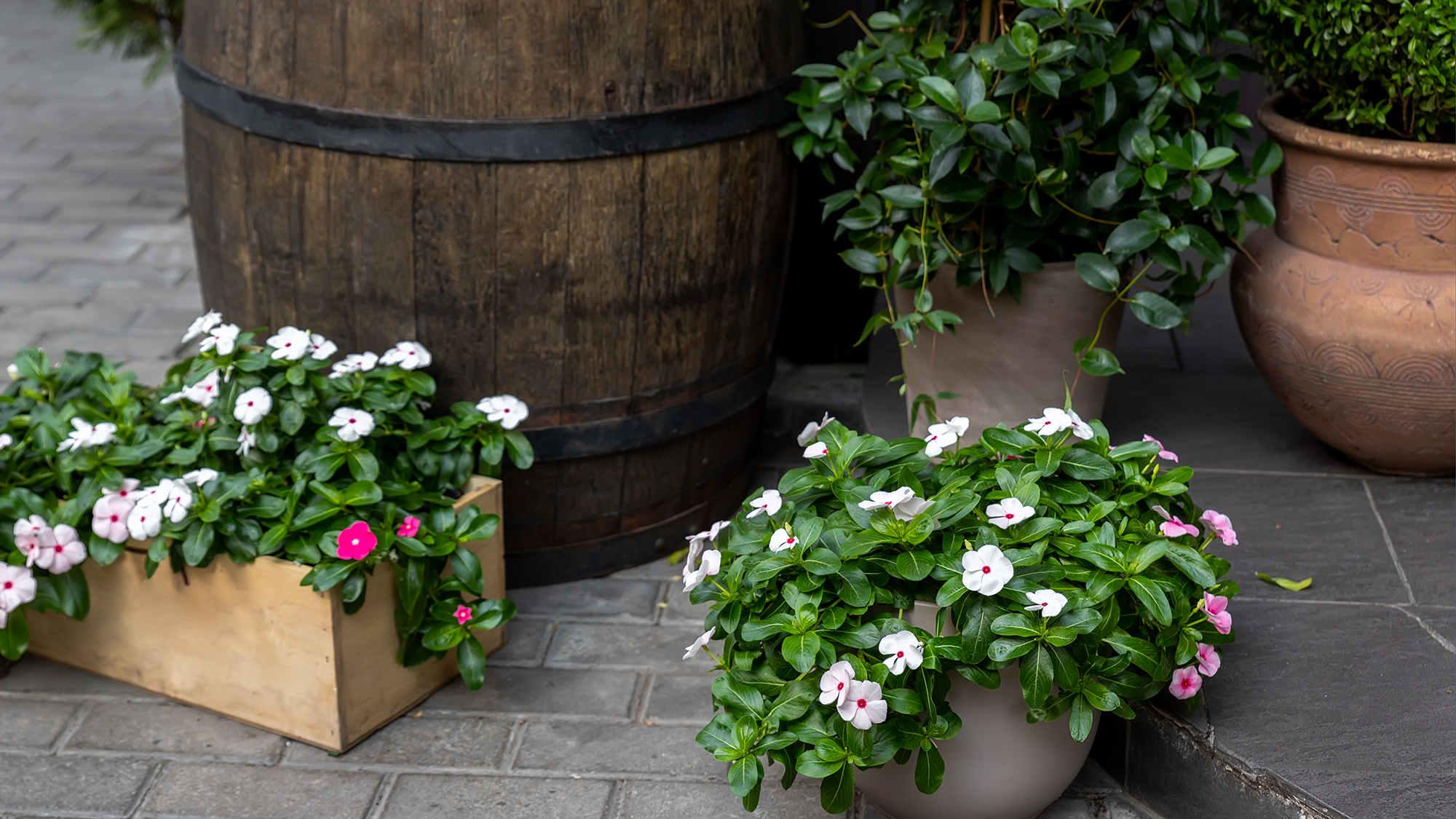
Lack of storage is often one of the biggest causes of clutter inside a home, and it can be an issue outdoors, too. To overcome this problem, Quinney suggests opting for storage solutions that double as decorative features to keep clutter at bay, while still maintaining a sense of style.
“Hollow seating benches, repurposed whiskey barrels, or even stacked plant pots can act as clever hiding spots for tools and garden essentials," she says. "The trick is to blend storage seamlessly into your garden’s aesthetics".
5. Work with nature
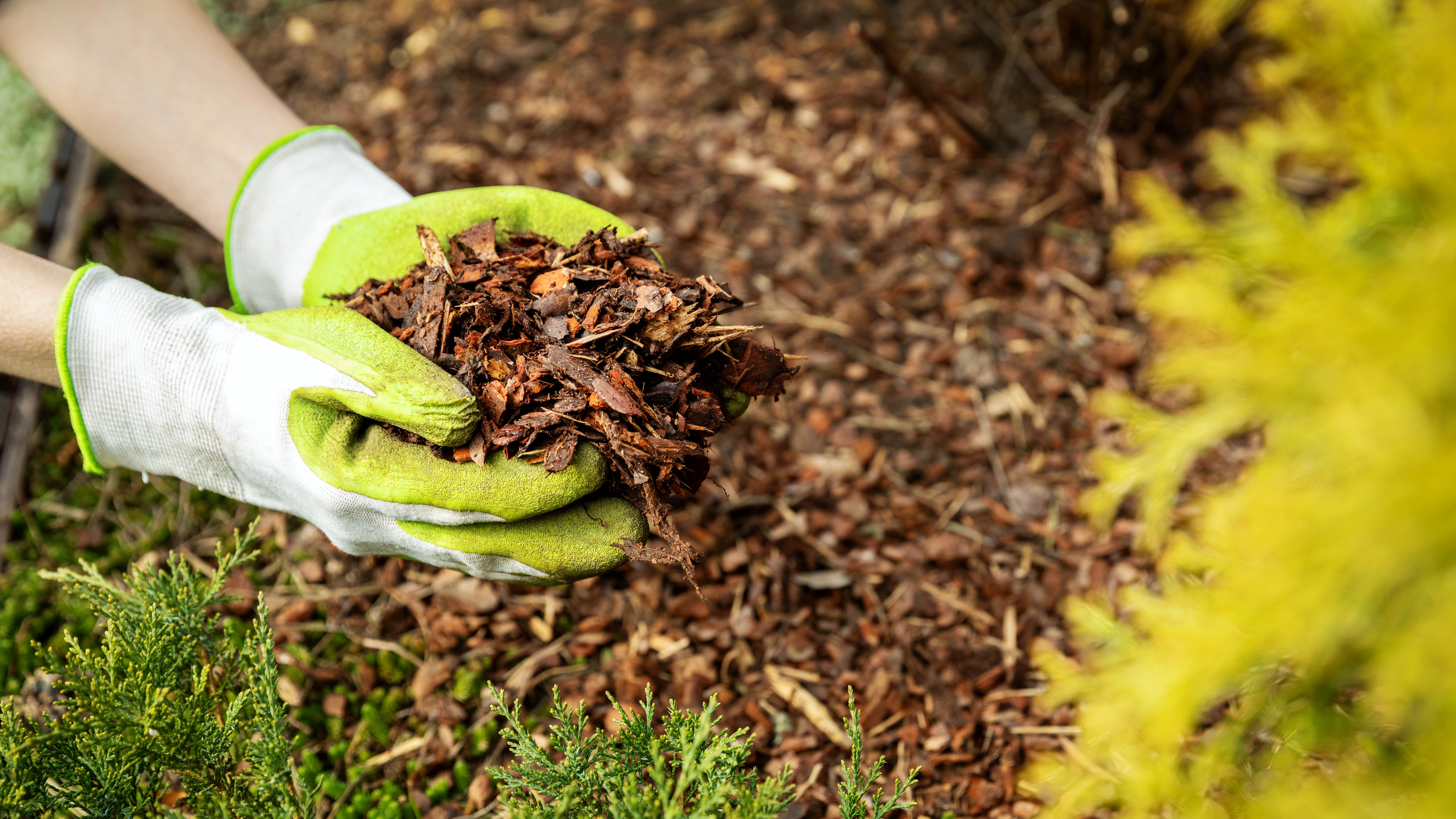
A high-maintenance garden can appear untidy and unruly, especially if you find it hard to prevent weeds from taking root in your yard. However, Quinney suggests introducing ground cover plants, like creeping thyme or clover, is a natural way to suppress weeds.
She also suggests following the ‘no-dig’ garden method, which “reduces soil disruption and keeps beds looking neater with less effort.”
The idea behind the ‘no-dig’ method is to leave the soil as undisturbed as possible, without digging it up, leaving the soil’s natural ecosystem to do all the hard work.
However, you can still add mulch to the soil, you just don’t dig it in. “If you’ve got piles of fallen leaves, let them decompose into free, nutrient-rich mulch instead of bagging them up,” she says.
“Nature has a way of tidying itself if we let it, so embrace gardening methods that minimize mess rather than create more,” Quinney adds.
More from Tom's Guide

Camilla Sharman has worked in publishing and marketing for over 30 years and has covered a wide range of sectors within the business and consumer industries both as a feature, content, and freelance writer.
As a business journalist, Camilla has researched articles for many different sectors from the jewellery industry to finance and tech, charities, and the arts. Whatever she’s covered, she enjoys delving deep and learning the ins and out of different topics, then conveying her research within engaging content that informs the reader. In her spare time, when she’s not in her kitchen experimenting with a new recipe, you’ll find her keeping fit at the gym. In the pool, stretching at a yoga class, or on a spin bike, exercise is her escape time. She also loves the great outdoors and if she’s not pottering about in her garden, she’ll be jumping on her bike for a gentle cycle ride.
You must confirm your public display name before commenting
Please logout and then login again, you will then be prompted to enter your display name.

